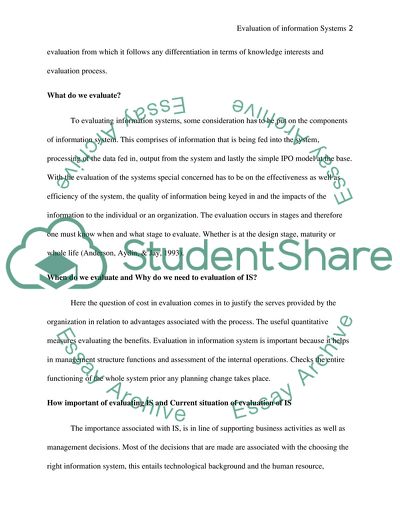Cite this document
(Information System Evaluation Case Study Example | Topics and Well Written Essays - 3000 words - 1, n.d.)
Information System Evaluation Case Study Example | Topics and Well Written Essays - 3000 words - 1. https://studentshare.org/information-technology/1849703-evaluation-of-information-system
Information System Evaluation Case Study Example | Topics and Well Written Essays - 3000 words - 1. https://studentshare.org/information-technology/1849703-evaluation-of-information-system
(Information System Evaluation Case Study Example | Topics and Well Written Essays - 3000 Words - 1)
Information System Evaluation Case Study Example | Topics and Well Written Essays - 3000 Words - 1. https://studentshare.org/information-technology/1849703-evaluation-of-information-system.
Information System Evaluation Case Study Example | Topics and Well Written Essays - 3000 Words - 1. https://studentshare.org/information-technology/1849703-evaluation-of-information-system.
“Information System Evaluation Case Study Example | Topics and Well Written Essays - 3000 Words - 1”. https://studentshare.org/information-technology/1849703-evaluation-of-information-system.


